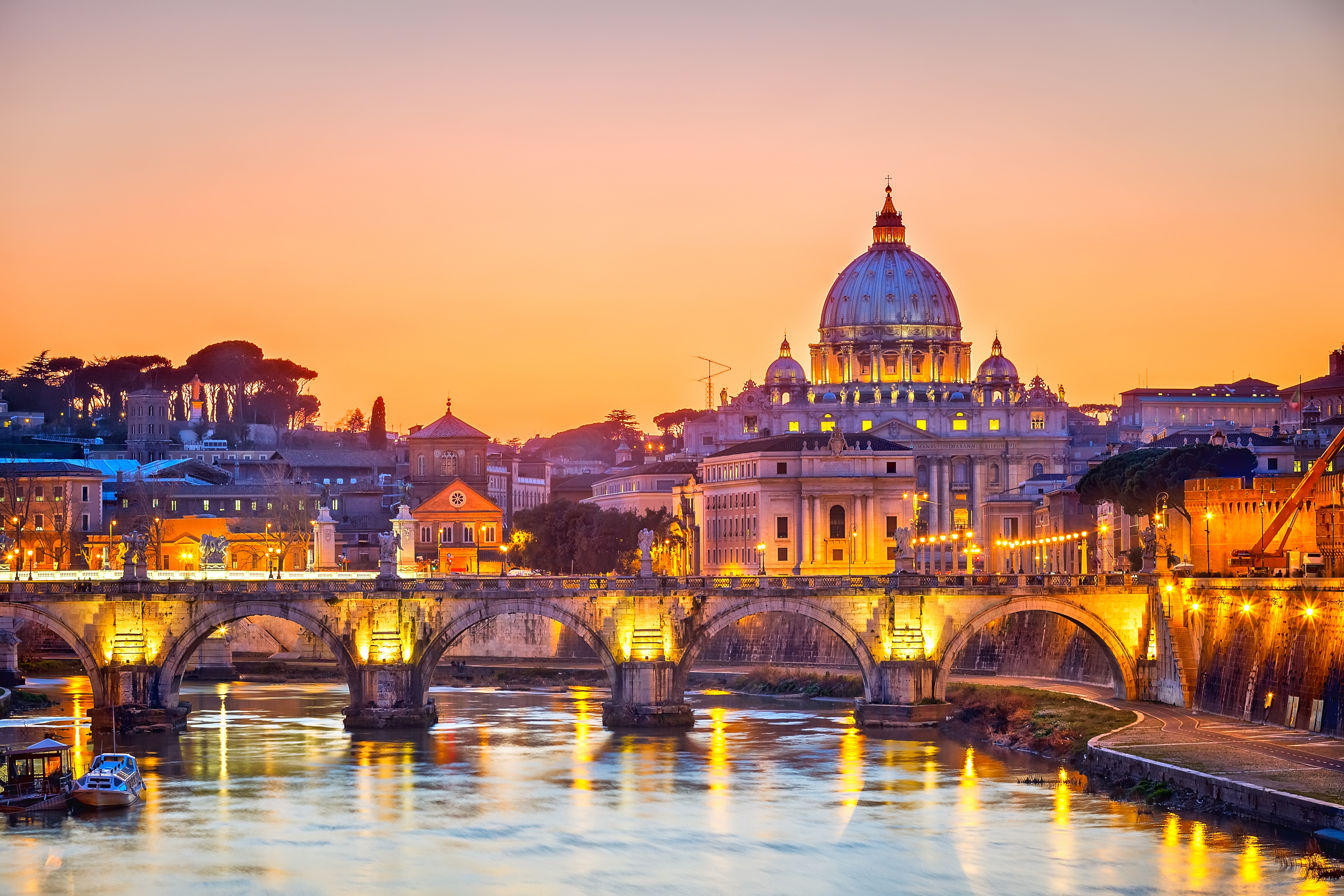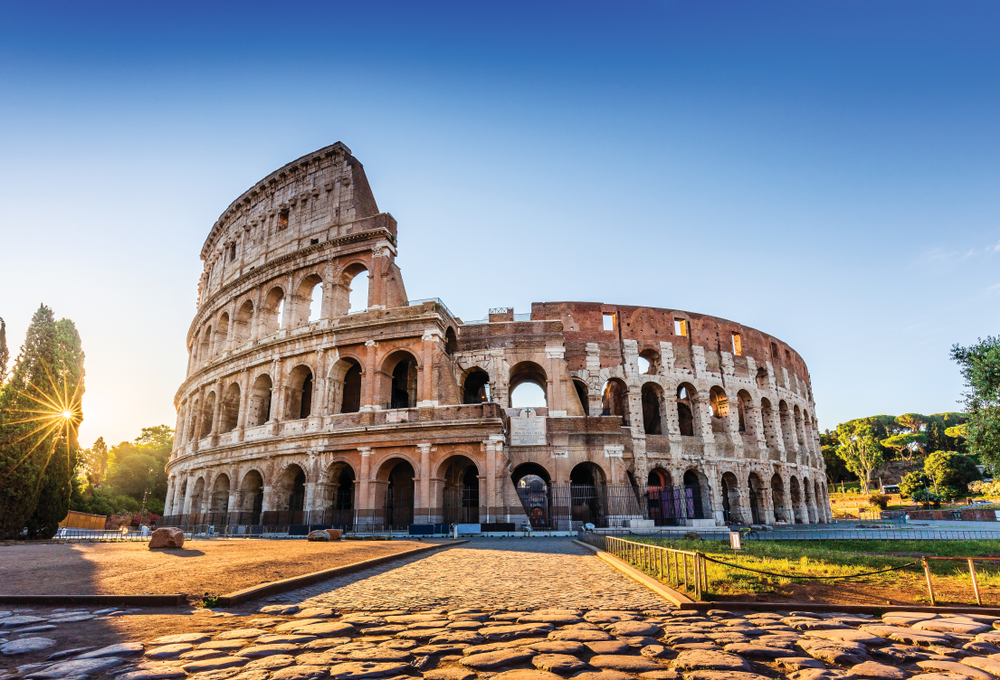
Top 3 attractions in Rome
Feb 2, 2022
Today we are going to talk about the top 3 attractions in Rome. We all know that Rome is a confusing city when it comes to deciding what are you going to visit while being limited on time.
There are so many wonderful attractions that you can barely choose who is better than the other. If you want to enjoy Rome in its fullest, plan to spend seven days in Rome, but if you are spending just one day in the marvellous city of Rome, there are 3 main attractions you can’t miss.
Usually, people ask: What are the main attractions in Rome? What you should not miss in Rome, the capital of Italy? What is Rome most known for? What are the best day trips from Rome? And there are plenty of questions like this that we consider providing you the most helpful answers. This way, if you are a tourist in Italy, you leave home with only good experience memories.
Well, our blog is presentative of tips, itineraries, and exposures of the best guides to enjoying your holiday in the best way possible.
Below, we are naming and describing the 3 main attractions in the gorgeous city of Rome. Linked, you will also find adequate links where you can buy tour guides or you can simply check HERE and find out what gets you the most from the suggested tour guides. Shall we start?
3. The Pantheon
The pantheon was constructed during the reign of Augustus more than 2,000 years ago, it is an epitome of magnificence. It was designed to serve the people as a temple for all gods. The most famous attraction in the Pantheon is the Oculus that is located right at the center of the dome. It is the only source of light into the building.
The huge walls, the marble columns, the big bronze door, and the sheer mammoth size of the Pantheon are awe-inspiring. For several centuries, the Pantheon was the largest structure in the world.
The Roman Pantheon was considered as the most influential building of ancient Rome. It is a Roman-style temple dedicated to all the gods of pagan Rome. As for its construction, the brick stamps of the building reveal it was built and dedicated between 118 and 125 A.D.
In the area where the Pantheon was built, there was an existing Pantheon built on 27 B.C. that was burnt to the ground in 80 A.D. The emperor Hadrian (A.D 117-138) built the Pantheon to replace Augustus’ friend and Commander Marcus Agrippa’s previous Pantheon.
“M. AGRIPPA.L.F.COSTERTIUM.FECIT” is the inscription in ancient Latin that you will see when approaching the front of the Pantheon, it is the original dedication by Marcus Agrippa.
The script is translated in English “Marcus Agrippa son of Lucius, having been consul three times made it”.
Between all the marvellous building projects that Hadrian, the emperor, produced during his reign, never inscribed his name to any temple, beside the one of his father Trajan.
The pantheon was classified as a temple but the original use of the Pantheon is somewhat unknown. However, it is also unknown how the people worshipped in the building because the structure of the temple is so different from other traditional Roman temples such as the Roman Forum.
The Pantheon exists today in such amazing form because this building was given by the Byzantine emperor Phocas to Pope Boniface the IV in A.D 608 and it was used as a church ever since.

2. St. Peter’s Square and Basilica
St. Peter’s Basilica is known for its architectural grandeur as well as its religious significance for Christians. It stands on the spot where was entombed. This church is huge. In fact, it can accommodate the Statue of Liberty along with several other structures.
The construction of the current structure began in 1506 and took 120 years to complete. Famous artists including Bernini and Michelangelo contributed their geniuses to make this structure one of the most awe-inspiring in the world. View our list of St. Peter’s Basilica Tours.
The huge square that lies in front of St. Peter’s Basilica is also named in honor of St. Peter and has a great significance to Christians. Hundreds of thousands of people come to St. Peter’s Square to listen to the Pope’s address. Our Vatican tours take you inside the Holy See like never before thanks to the benefits of our Official Vatican Partnership.
St. Peter’s Basilica is the world’s largest Basilica of Christianity, nestled into the heart of the Vatican city, with its 186 meters of length, a height of 46 meters in the central aisle, the main dome 136 meters high and 42 meters large in diameter. The huge façade is 114 meters wide and 47 meters high. Its surface, made of 22000 square meters has the capacity of twenty thousand persons who can pray in it.
The St Peter’s Basilica was constructed by Emperor Constantine around 320 AD in the place where Saint Peter had been martyrized. The first repairs and enlargement were ordered by pope Niccolo V who entrusted Leon Battista Alberti and Bernardo Rossellino in the middle of the 15th century.

1.The Colosseum
There is a strong reason why the Colosseum has been one of the top attractions in Rome over centuries. This place was mainly built as an arena for games. Even why in ruins, this amphitheater owns its magnificent place never fails to enthrall visitors.
The Colosseum, in its regular form, as it use to be projected, was capable of holding around 50,000 to 80,000 people. It has eighty entrances and it’s exterior has recently been renovated to unmask its former glory. Now all that’s left is to choose how you want to see it.
Maybe a Colosseum night tour would be a good idea after all the crowds have gone, or opt-in for any one of our Colosseum tours.
The construction of this monument, the ancient amphitheater, took place in the area occupied by the enormous house of Nero ‘s Domus Aurea. The Colosseum began to be constructed in 70 AD and was completed in 80 AD.
The Flavian Amphitheater is elliptical in shape, with a circumference of 527 meters, 188 meters along the major axis and the minor axis 156 57 meters high.
Could hold up to 70,000 seats and the arena was 76 meters x 46. The first 3 floors were designed with arches framed by half-columns, the fourth floor and ‘ scompartito by pilasters and there were inserted the poles that supported the large curtain into wedges to protect the spectators from the sun.
According to some medieval myths, the Colosseum is the entrance that leads directly to the underworld, where, at dusk, the souls of the dead wander in search of eternal peace that perhaps will never find, because ‘experts in a violent manner and prematurely.
Another legend says that many plants from distant lands, which are engrafted in the area of the Colosseum, have been brought sandals wayfarers or the legs of the animals sacrificed by evil emperors.

 Spanish
Spanish French
French Chinese
Chinese German
German


